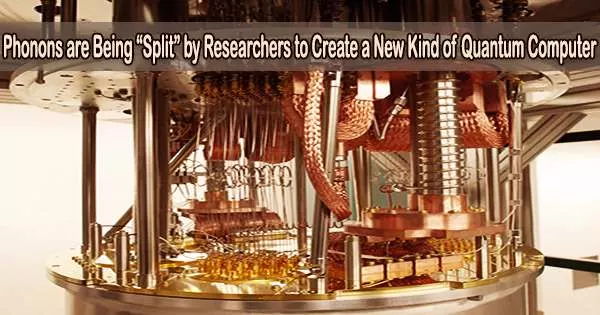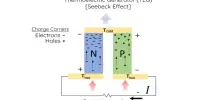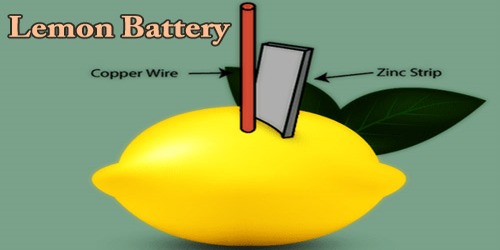What seems like a continuous wave of music when we listen to our favorite song is actually sent as tiny packets of quantum particles called phonons. According to the laws of quantum mechanics, a phonon cannot be split since it is inherently indivisible.
However, researchers from the Pritzker School of Molecular Engineering (PME) at the University of Chicago are investigating what occurs when a phonon is attempted to be split.
In two experiments the first of their kinds a team led by Prof. Andrew Cleland used a device called an acoustic beamsplitter to “split” phonons and thereby demonstrate their quantum properties.
The research team made the first significant strides toward developing a novel type of quantum computer by demonstrating that the beamsplitter can be used to both establish a particular quantum superposition state for one phonon and further cause interference between two phonons.
The findings, which were built on years of groundbreaking phonon research by the team at Pritzker Molecular Engineering, were published in the journal Science.
“Splitting” a phonon into a superposition
The phonons utilized in the studies have a pitch that is approximately a million times higher than what the human ear can hear. Cleland and his group were the first to entangle two phonons and discovered how to produce and detect single phonons in the past.
The success of the two-phonon interference experiment is the final piece showing that phonons are equivalent to photons. The outcome confirms we have the technology we need to build a linear mechanical quantum computer.
Professor Andrew Cleland
To demonstrate these phonons’ quantum capabilities, the team including Cleland’s graduate student Hong Qiao created a beamsplitter that can split a beam of sound in half, transmitting half and reflecting the other half back to its source (beamsplitters already exist for light and have been used to demonstrate the quantum capabilities of photons).
Each surface acoustic wave phonon travels on the surface of a material, in this case lithium niobate, and the entire system, including two qubits to create and detect phonons, operates at extremely low temperatures.
However, quantum physics says a single phonon is indivisible. As a result, when the team sent a single phonon to the beamsplitter, it did not split but rather entered a quantum superposition, where it is simultaneously reflected and transmitted. This quantum state collapses into one of the two outputs when the phonon is observed (measured).
The team found a way to maintain that superposition state by capturing the phonon in two qubits. A qubit is the basic unit of information in quantum computing. Only one qubit actually captures the phonon, but researchers cannot tell which qubit until post-measurement.
In other words, the quantum superposition is transferred from the phonon to the two qubits. The researchers measured this two-qubit superposition, yielding “gold standard proof that the beamsplitter is creating a quantum entangled state,” Cleland said.
Showing phonons behave like photons
The team’s second experiment was intended to illustrate a further fundamental quantum phenomenon that had previously only been seen with photons in the 1980s. When two identical photons are simultaneously transmitted from different directions into a beamsplitter, the superposed outputs interfere, causing both photons to always be observed traveling together in one of the output directions. This phenomenon is now known as the Hong-Ou-Mandel effect.
The team’s experiment with phonons also produced a superposed output, which indicates that just one of the two detector qubits can detect phonons that are traveling in one direction but not the other.
The qubit positioned in the other way never “hears” a phonon, demonstrating that both phonons are traveling in the same direction, despite the fact that the qubits can only detect one phonon at a time, not two. This phenomenon is called two-phonon interference.
It takes a lot more effort to bring phonons into these quantum-entangled states than photons do. Despite being indivisible, the phonons utilised here nevertheless require quadrillions of atoms to cooperate in a quantum mechanical way.
Furthermore, if quantum mechanics only governs the most minute realm of physics, it begs the question of where that world ends and classical physics starts. This experiment explores that transition further.
“Those atoms all have to behave coherently together to support what quantum mechanics says they should do,” Cleland said. “It’s kind of amazing. The bizarre aspects of quantum mechanics are not limited by size.”
Creating a new linear mechanical quantum computer
The power of quantum computers lies in the “weirdness” of the quantum realm. Researchers are hoping to find solutions to challenges that were previously insurmountable by using the peculiar quantum abilities of superposition and entanglement. One approach to doing this is to use photons, in what is called a “linear optical quantum computer.”
A linear mechanical quantum computer, which would use phonons instead of photons itself, could have the ability to compute new kinds of calculations. “The success of the two-phonon interference experiment is the final piece showing that phonons are equivalent to photons,” Cleland said. “The outcome confirms we have the technology we need to build a linear mechanical quantum computer.”
The University of Chicago platform directly integrates phonons with qubits, in contrast to photon-based linear optical quantum computing. Therefore, phonons might also be used in a hybrid quantum computer that combines the strengths of linear and qubit-based quantum computers.
The next stage is to develop a phonon-based logic gate, a crucial component of computing, on which Cleland and his group are currently working.
















